This discussion and review contains spoilers for The Last of Us episode 2, “Infected.”
Like “When You’re Lost in the Darkness,” “Infected” is more efficient than exceptional.
Written by Craig Mazin and directed by Neil Druckmann, “Infected” feels very much like a video game adaptation. It is an episode that devotes a lot of time and effort to what might be considered “shoe leather,” the nitty-gritty mechanics that hold the world of the show together. It’s a chapter that is largely devoted to establishing and outlining what Tess (Anna Torv) describes as “ground rules.” There is a lot of exposition to be delivered.
In this sense, Ellie (Bella Ramsey) is a very convenient character. She has lived a sheltered existence inside the Boston Quarantine Zone and so doesn’t necessarily know the logic of the wider world. She is also a child, so it makes sense that she would be inquisitive. Mazin’s script cleverly uses Ellie as a springboard to convey the finer details of this post-apocalyptic landscape to the audience, structuring “Infected” like a road trip with a particularly talkative child.
Ellie voices the questions that audience members will undoubtedly have about the particulars of this zombie apocalypse. “If we’re out in the open city, why aren’t we getting swarmed?” she asks. Later, she complains, “Everyone said the open city was crazy, like swarms of infected just running around.” She even gets more specific. “So there aren’t super-infected that explode fungus spores over you?” she wonders. “Or ones with split-open heads that see in the dark like bats?”
It’s not elegant, but it works. However, as with “When You’re Lost in the Darkness,” it suffers a little bit from feeling so functional. At times, it can feel like reading a strategy guide or an instruction manual. “How long do infected live?” Ellie asks Joel (Pedro Pascal), when he stops her asking personal questions. He replies as if quoting a Wikipedia article, “Well, some last about a month or two, but there’s others been walking around for about twenty years.”
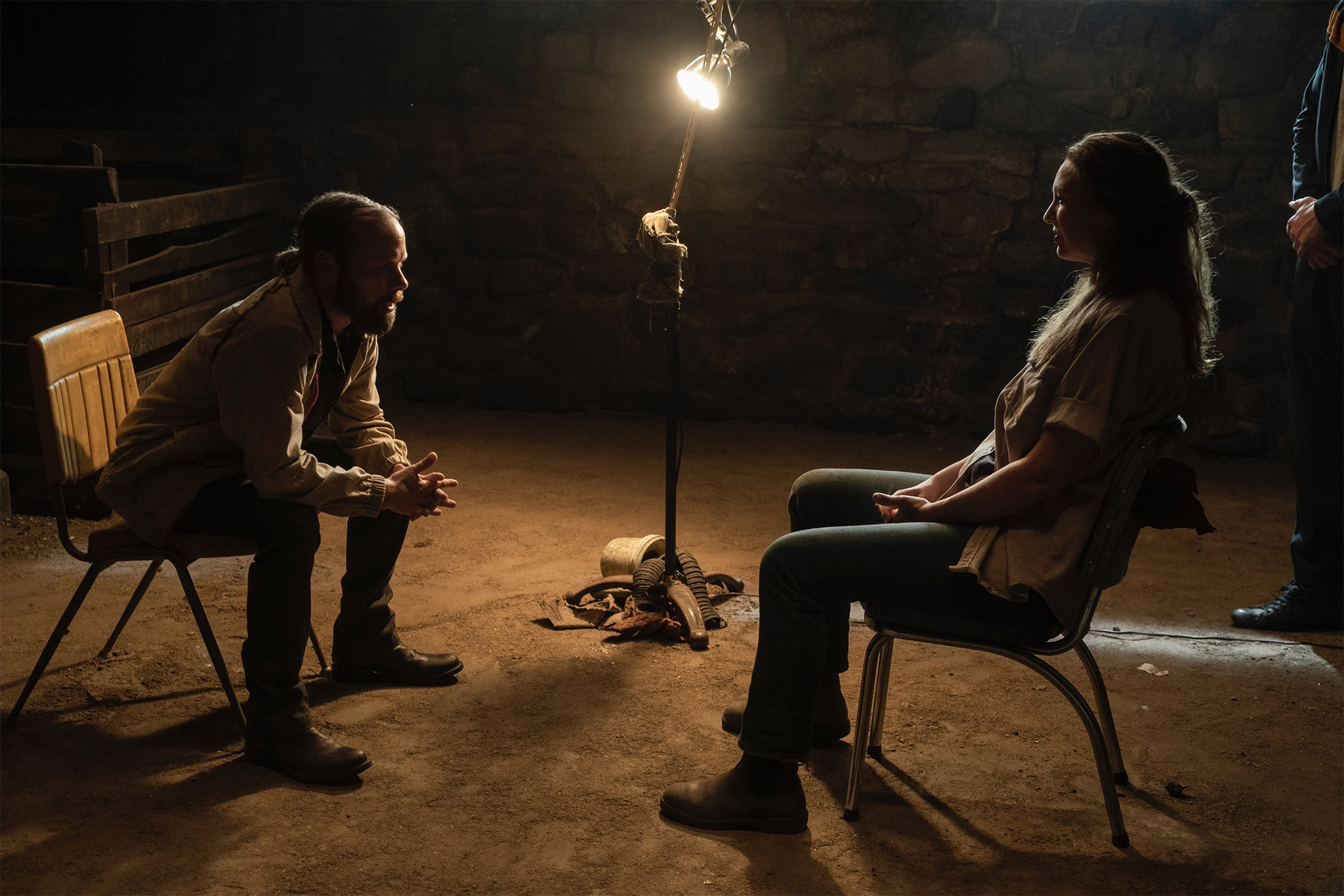
To give Mazin’s script credit, the script is clear in establishing and demonstrating the logic of the world. “You step on a patch of cordyceps in one place and you can wake a dozen infected from somewhere else,” Tess explains to Ellie at one point. “Now they know where you are. Now they come. You’re not immune from being ripped apart. You understand?” However, this is not exposition for its own sake. It is later demonstrated at the episode’s climax at the State House.
This is clean screenwriting. Mazin tells the audience something and then shows how it applies in action. For example, the episode’s flashback teaser finds Doctor Ibu Ratna (Christine Hakim) advising the Indonesian military to “bomb this city and everyone in it,” only for Tess and Joel to walk past bomb craters in Boston, revealing that militaries around the world did follow Ratna’s advice. “They hit most of the big cities like this,” Tess explains. “It worked here, but it didn’t in most places.”
None of this is bad storytelling, but it isn’t compelling television. As with “When You’re Lost in the Darkness” before it, it seems like Mazin and Druckmann are rushing through the obligatory world-building material to get to the point where the show can start working on its own terms. Even Tess’ death at the end of the episode feels more like a plot mechanic than an emotional beat, her final plea serving as a way to keep Joel with Ellie for just a little bit longer, kicking the pair’s inevitable bonding down the road.
This sense of obligation extends beyond Mazin’s teleplay and into Druckmann’s direction. It feels like a reductive criticism to argue that the creator of the source material is directing an episode that feels particularly dedicated to replicating the dynamics of the video game in question, but it doesn’t feel unfair. “Infected” ultimately looks and feels a lot like one might expect a television adaptation of a survival horror game to look, which is both a strength and a weakness.

Particularly compared to the previous episode, “Infected” places a much greater emphasis on the idea of exploration and survival. Obviously, it takes the three characters outside of the Quarantine Zone and into the overgrown city, which means that the episode gets to take in the impressive vistas and environments of an urban center that has been reclaimed by nature. There is a lot of emphasis on characters moving through wide-open spaces, taking in the atmosphere and the mood.
This imagery is impressive, in both larger details like the collapsed skyscrapers and more intimate scenes like the overgrown restaurant. However, the challenges feel very external to the characters. “Infected” devotes a lot of time to movement and puzzle-solving, on route-mapping and evasion. These are the kinds of activities that are fun to do in a video game but less fun to watch other people do in a television show.
Again, as with the exposition and world-building, some of this feels like the show working through some mandatory aspects of adaptation. In particular, “Infected” draws quite heavily from some of the core dynamics of the video game itself. The trio encounter a couple of “clickers.” Tess and Joel prepare to journey into the museum by taking out their flashlights, another beloved piece of video game itinerary. Ellie even ends up wearing her flashlight, on her left shoulder, like in the game.
The attack at the museum feels very much an attempt to recreate the tension and excitement of a similar set piece in the game. Druckmann’s direction is solid, and the sequence is an efficient piece of zombie horror. At the same time, the entire confrontation feels like something that The Last of Us felt obligated to offer audiences at an early juncture, whether as an allusion to the video game or simply because that is how zombie movies and television shows work.
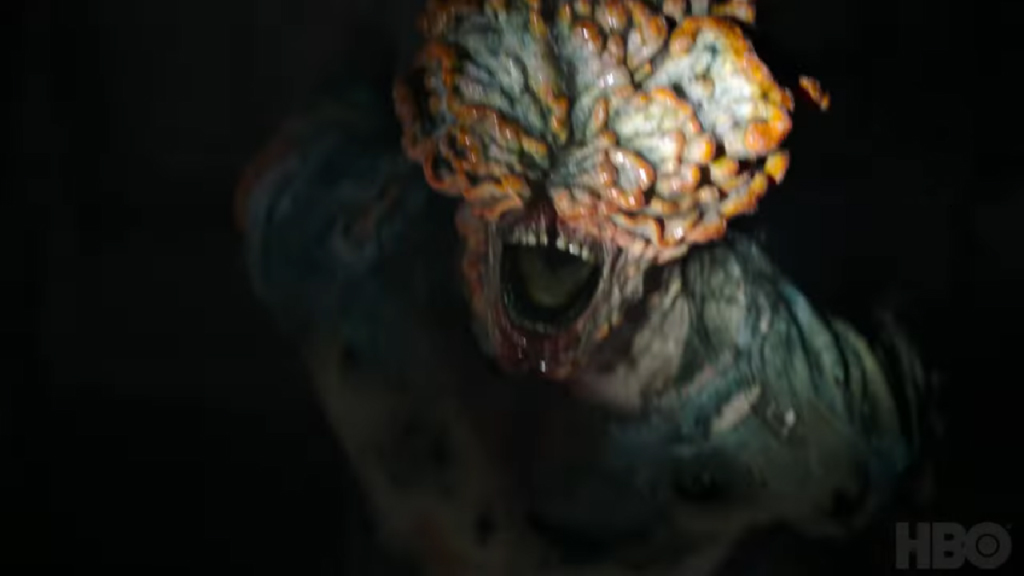
To be clear, there is nothing wrong with any of this. Indeed, even working through the motions of a classic survival horror template, both Druckmann and Mazin demonstrate a clear affection for the genre and an impressive craft. Watching “When You’re Lost in the Darkness” and “Infected,” it can occasionally feel like The Last of Us is going through the motions in terms of adapting the world of the video game to television, but there is an undeniable efficiency at play. The show knows what it is doing and why.
Indeed, there are already hints at something more interesting and more compelling stirring beneath the surface, like the veins of Cordyceps that stretch underground. The show foregrounds its emphasis on family; the teaser ends with Ibu Ratna wanting “to be with (her) family,” and the episode then begins with the unlikely surrogate family of Joel, Tess, and Ellie waking up after spending their first night together under the same roof.
The Last of Us also positions itself as a western. A lot of post-apocalyptic tales are basically westerns, stories of civilization trying to endure in lawless worlds. Still, The Last of Us is more overt than most examples. The characters are literally pushing westward from Boston. Joel hopes to reunite with Tommy (Gabriel Luna) in Wyoming. Marlene (Merle Dandridge) wants Ellie taken “somewhere out west.” Tess asks, “Where did Marlene say she was taking you?” Ellie replies, “Just west.”
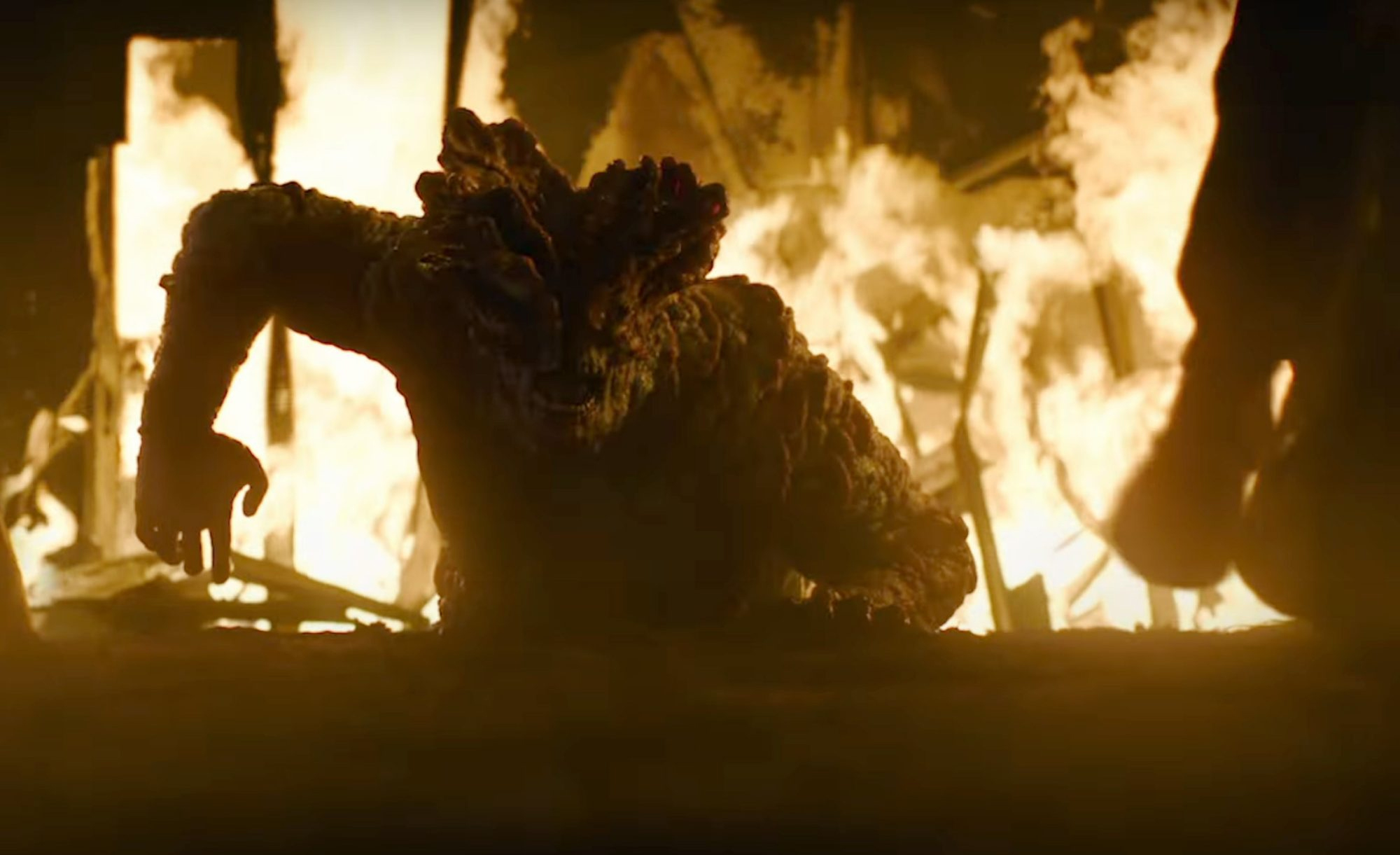
For all that these are stories about dystopian futures, they are also riffs on the founding myth of America. This is obvious even in the locations employed in “Infected.” The characters navigate a hotel, a transitory space for travelers and wanders. They confront the infected in a museum, surrounded by history even at the end of the world. The final confrontation takes place in the State House, a bastion of government that ends up consumed in flames.
As with the climate change subtext that plays through “When You’re Lost in the Darkness,” “Infected” is never clumsy or heavy-handed with this western iconography. While the characters exposit about the mechanics of the fungal plague that has consumed the world, they never acknowledge how their adventure is steeped in the tropes and conventions of the classic western. Indeed, Ellie is just about able to get Joel to confess that he is from Texas — prime cowboy country — before he shuts down the conversation.
As with the premiere, there is a sense that “Infected” is frontloading a lot of the mechanics and world-building necessary for the show to function. Given how much Mazin and Druckmann manage to cram into the episode, that’s something of an accomplishment. The Last of Us has spent its first two episodes establishing the rules of its world. However, the show has yet to fully come alive.
Related: Why Are There Tendrils Instead of Spores in The Last of Us on Twinfinite

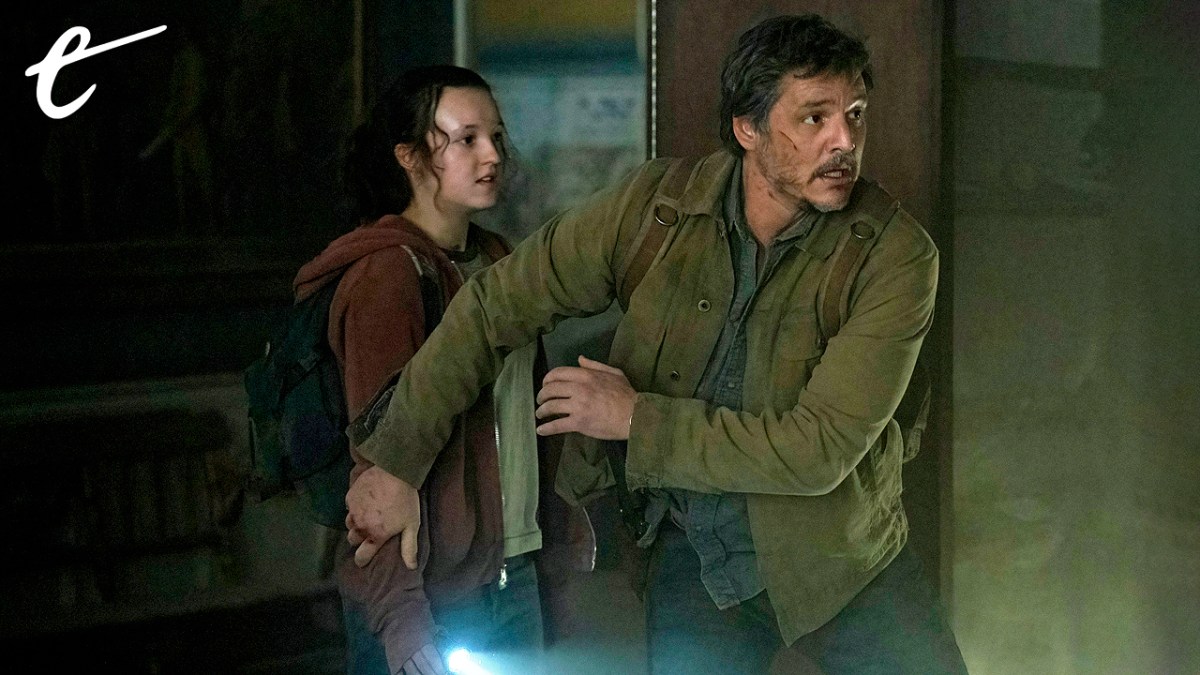


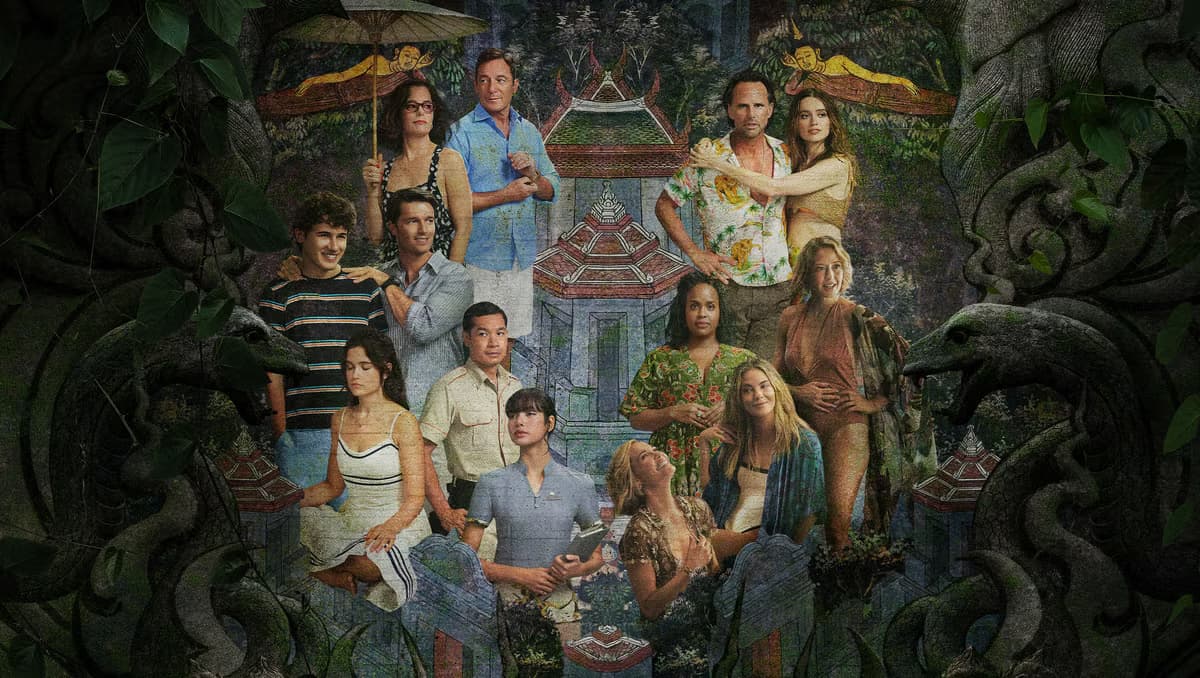









Published: Jan 23, 2023 2:00 AM UTC